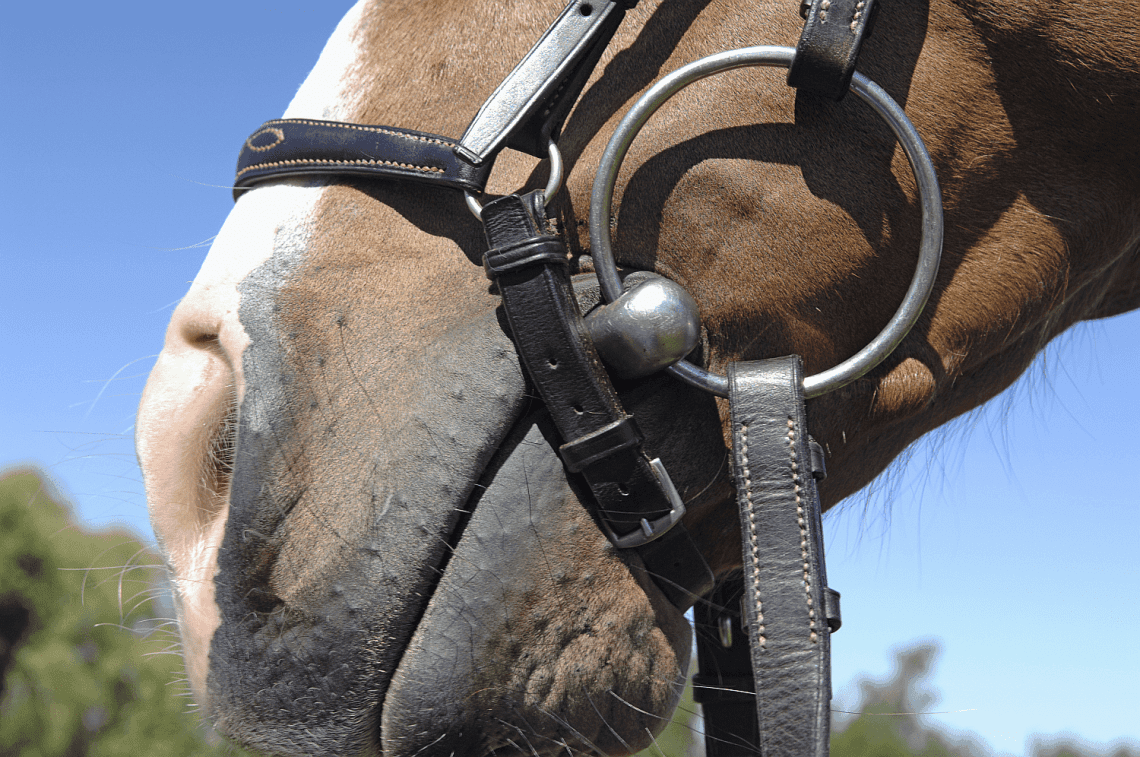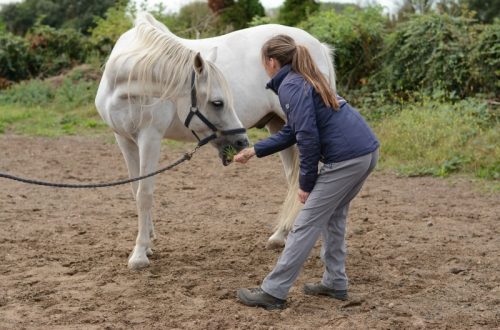
What to do if a horse grinds its teeth on a snaffle?
What to do if a horse grinds its teeth on a snaffle?
What to do if the horse constantly gnaws at the snaffle, creaks with it, making an unpleasant noise? Is there a way to get rid of this problem?
Such actions tell us that the horse is tense, not relaxed. Perhaps, at the same time, it seems to you that everything is in order and there is no problem with tension.
Fact is that tension doesn’t always show up in obvious behavioral problems like being shy, running, or “laying down” in your arms. Sometimes it looks much more subtle, especially if the horse is very patient – he may grind his teeth or tail, and these will be the only visible responses to the underlying physical discomfort. Unfortunately, if the discomfort is not addressed, these responses can turn into a habit that will not be easy to fight. Therefore, the sooner you can determine the cause, the better.
First, examine your horse’s mouth. Even if the examination was recent, repeat it with a qualified equestrian dentist.
Then ask for help from a more experienced cavalry or ammunition expert – you necessary will assess if a horse is fit with a snafflewhether it is correctly positioned, whether it fits correctly capsule.
A horse that perceives the snaffle well and feels comfortable chews gently. Since the movement of the jaw during chewing naturally generates some saliva, dry lips and mouth of your horse during training is one indication of a snaffle/contact problem. This chewing movement may be hindered by a bit that is too thin or a snaffle that is too high in the horse’s mouth. Try lowering the snaffle a hole or two and experiment with different bit shapes and thicknesses, as well as different types and combinations of metals such as copper or sweet iron.
Make sure the capsule is not so tight that it restricts jaw movement. This problem often arises when using snotty or self-tightening nosepieces (the latter, unfortunately, often prevents the snaffle from being correctly accepted). If you use one of these nosebands, try to properly adjust them to the horse’s nose, or consider switching to a regular noseband.
To be sure your noseband is loose enough, try putting two or three fingers between it and the horse’s muzzle. Another easy way is to offer the horse a piece of carrot or apple when he is already in the bridle. If the horse can’t take it easily into the mouth, then the capsule will be pulled!
Find an expert who can evaluate suitability of your saddle. It can pinch the horse’s withers or block the shoulder blades, which many horses find uncomfortable, especially when moving at a trot.
Ask your veterinarian examine the horse – you need to find out if she has any health problems. She may squeak with her snaffle, experience pain in her back or hocks, she may have sensitive soles of the hooves, etc. Something that doesn’t cause your horse to limp can cause enough discomfort to show up as a “squeak”.
Seek advice from a qualified coach – have him look at your work on horseback to identify any mistakes you make that may be causing or contributing to the problem. He will pay special attention to your contact with the horse’s mouth. Rigid, twitchy, or restless hands can put the horse into “defensive” mode. She will perform the movements that are asked of her, but the mouth will be dry, immobile, and the connection will be unnatural. I teach my students to work with the horses mouth in such a way that the horses are happy. With the right, soft, supple and responsive work, your hands make the right connection and can “communicate” with the horse in a friendly language.
Analyze your horse’s temperament. Perhaps she is a workaholic who is constantly trying to get ahead and do more work. This type of horse is well suited for relaxation exercises such as “getting the horse to chew the reins forward and down” and “softening the reins with one or both hands”.
Encourage proper chewing – give your horse a sugar cube before getting into the saddle. To break the long-standing habit of snaffle squeaking, you can periodically offer sugar to the horse while riding.
Once you address the underlying cause, or combination of causes, of your horse’s tension, you will find that not only will he stop squeaking, but he will offer you friendlier contact and freer, more expressive movement.
Gerhard Politz (source); translation by Valeria Smirnova.




